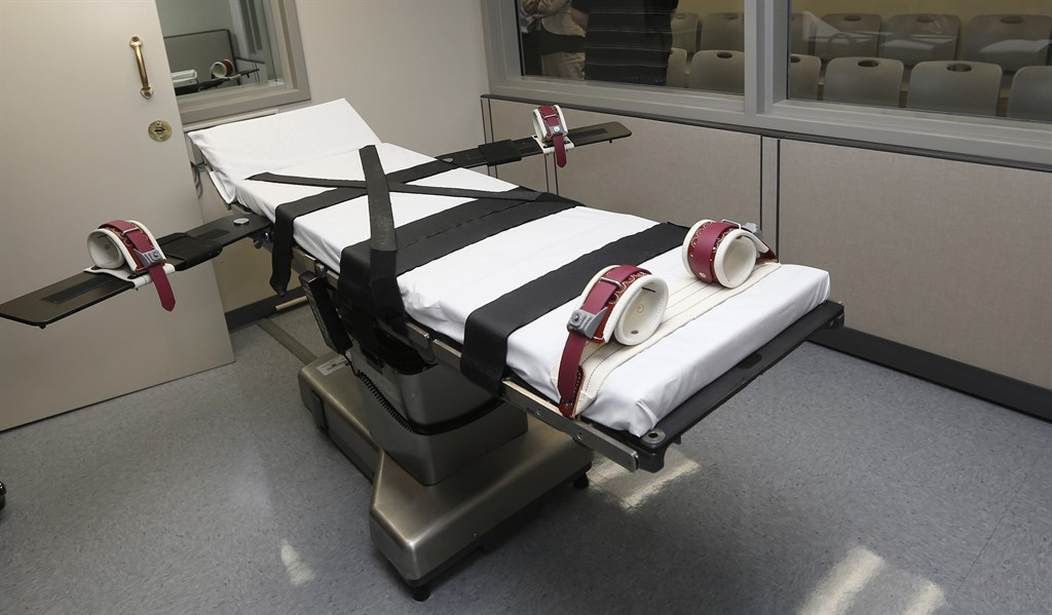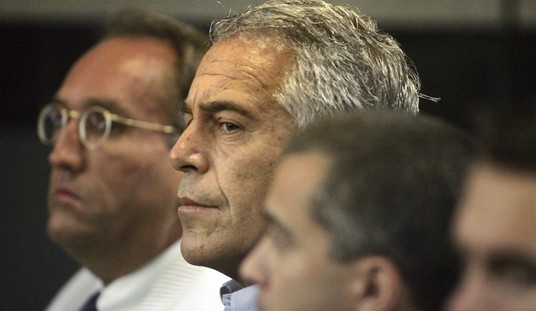I have a friend who was a young county prosecutor and a lifelong opponent of the death penalty.
Then, one day, a case came before him of a man who had punched a little girl so hard between the legs that her insides burst out.
Now, you don’t often read such grisly specifics in death penalty cases because they are deemed too awful to contemplate. That should tell you what it told my friend:
That some homicides are so terrible, so heinous, they disqualify the perpetrator from continuing to live in a civilized society.
But protecting the delicate eyes and ears of news consumers also distorts the death penalty debate because it carefully obscures the context and real reason for such a harsh sentence.
That perennial and emotional death penalty debate will reignite this week as a federal jury in Pittsburgh returns to consider that possible punishment for the synagogue mass murderer it found guilty of killing 11 Jews.
This debate is a regular, not inappropriate one in our country. Seeing innocents executed around the world in the news is tragic. Think ISIS and Iran.
But U.S. judges and juries sentencing someone to death, and government dutifully carrying out that decision, is a, well, deadly serious business.
The number of U.S. executions has been declining throughout this century, from 85 in 2000 to 11 in 2021 and seven in the first seven months last year.
The executions carried out come generally after years, even a decade of legal appeals. And they’re only applied to the worst cases.
I’ve been involved in a couple of death penalty cases, and they changed my thinking. I also spent considerable time years ago researching death-penalty appeals.
I found that on each legal level, defense attorneys opposed to the death penalty often intentionally seeded their briefs and arguments with oversights and points that made ideal grounds for subsequent attorneys to base additional protracted appeals. Those lawyers also requested and often received lengthy preparation periods.
These appeals, of course, cost government additional resources, perhaps prompting prosecutors to seek lesser sentences. And at the very least, kept the accused client alive longer to live in air-conditioned housing with cable TV and three squares a day. An everyday right denied the victims. Sneaky but legal.
But it also thwarted the legal justice meted out by sincere juries of their peers for senseless acts that ended at least one life. Some elected Democrats seek to undermine the death penalty on their own. That’s another unfortunate outcome that helps corrode citizen confidence in our institutions that polls show consistently sagging in recent years.
For whatever reasons, the media opts for violins detailing for the public the typically sad backgrounds of the accused—how awful their childhoods were, perhaps abusive family conditions.
None of that matters in my eyes. “My absent father never taught me right from wrong, so my anger forced me to kill that store clerk.” Uh, no.
What gets lost at best, or intentionally buried at worst, is the life of the typically innocent victims and their gruesome ends. It’s just too graphic, you see.
The case even becomes known by the convict’s name, not the victim’s.
It doesn’t matter how sad their childhoods were. We need more genuine accountability in this country, starting in Washington.
These people do terrible things, usually to innocents. And if, under our system of laws and justice, a jury and judge, who hear all the evidence, not just TV sound bites, deem those acts so heinous that the convict should die, so be it.
Here’s an example:
On a bitter-cold January day in 1974, a local rancher phoned the sheriff in Conrad, Montana, to report the five pupils of the local one-room schoolhouse wandering around outside unattended.

Police lights and sirens are not common in that rural countryside. But they were that day.
Lana Harding, the 21-year-old schoolteacher on her first job, was nowhere to be found. Deputies discovered one of Harding’s shoes and a boot print in the driveway and her wristwatch and drops of blood in the road.
An eyewitness said he’d seen a pickup nearby that he thought belonged to a new worker over at the seed company. Located at home, the new worker, Duncan McKenzie Jr., professed no knowledge.
However, coworkers had a different story. They later told deputies McKenzie had raved over the beauty of the schoolteacher he would see on the way to work. He also claimed to like to have sex in every new pickup.
Deputies found blood-stained clothing and muddy boots in McKenzie’s residence.
Soon after, a tracking dog found Lana Harding’s body tossed over some farm machinery in a field. She was naked and frozen. She’d been raped numerous times. The top of her head was missing.
The next year, after a three-week trial, McKenzie, an uncharged suspect in a similar young woman’s death in Idaho, was found guilty of aggravated kidnapping and deliberate homicide by means of torture.
He was sentenced to die in what would become Montana’s first state execution since World War II.
Because of the numerous appeal games, McKenzie spent the next generation in state prison, almost as long in his cell as Harding had in her entire life.
The cost to Montana taxpayers was estimated in the millions, causing some prosecutors in future cases to settle on plea bargains.
Finally, on May 10, 1995, the 43-year-old McKenzie had his last meal—a tenderloin steak, French fries, orange sherbet, and milk.
Late that evening, he was strapped on a gurney similar to the one above. McKenzie said he feared someone among the two dozen witnesses, including the Harding family and myself, might yell at him. So, he was allowed to listen to a favorite Marty Robbins music tape while he died.
First came a sedative pumped into his arms from another room that put him to sleep. Then, a chemical to stop his heart. Seven minutes later, a doctor pronounced him dead.
The only sound the entire time was McKenzie’s faint cough.
This coming week, federal jurors in Pittsburgh will reconvene. Last week they ruled unanimously that Martin Bowers’ crimes of killing 11 people on Oct. 27, 2018, worshiping in a Pittsburgh synagogue made him eligible for the death penalty.
In this final phase, they will decide if they will recommend to the judge that Bowers get the death penalty or life in prison for what has been labeled the worst act of anti-Semitism in U.S. history.
Bowers was found guilty on 63 counts, including hate crimes that carry a maximum sentence of death.
Both sides produced experts who said the 60-year-old Bowers was a victim of child abuse, but that was all they agreed on.
Prosecution experts said the defense claimed Bowers was delusional simply because they were unfamiliar with widespread anti-Semitic and white supremacy mantras online where Bowers was active.
Jurors will hear now about Bowers’ life and the lives of his victims.
What will they make of Bowers’ statements to a psychiatrist that he planned the attack for six months? And that as he walked through the congregations of largely elderly worshippers unable to flee, he aimed for the stomach because he wanted “messy kills”?
The 12 jurors must be unanimous in recommending death. Otherwise, it’s life without parole, a plea deal the defense offered early on but prosecutors rejected.
I know what I’d recommend. How about you? Comments are open below.













